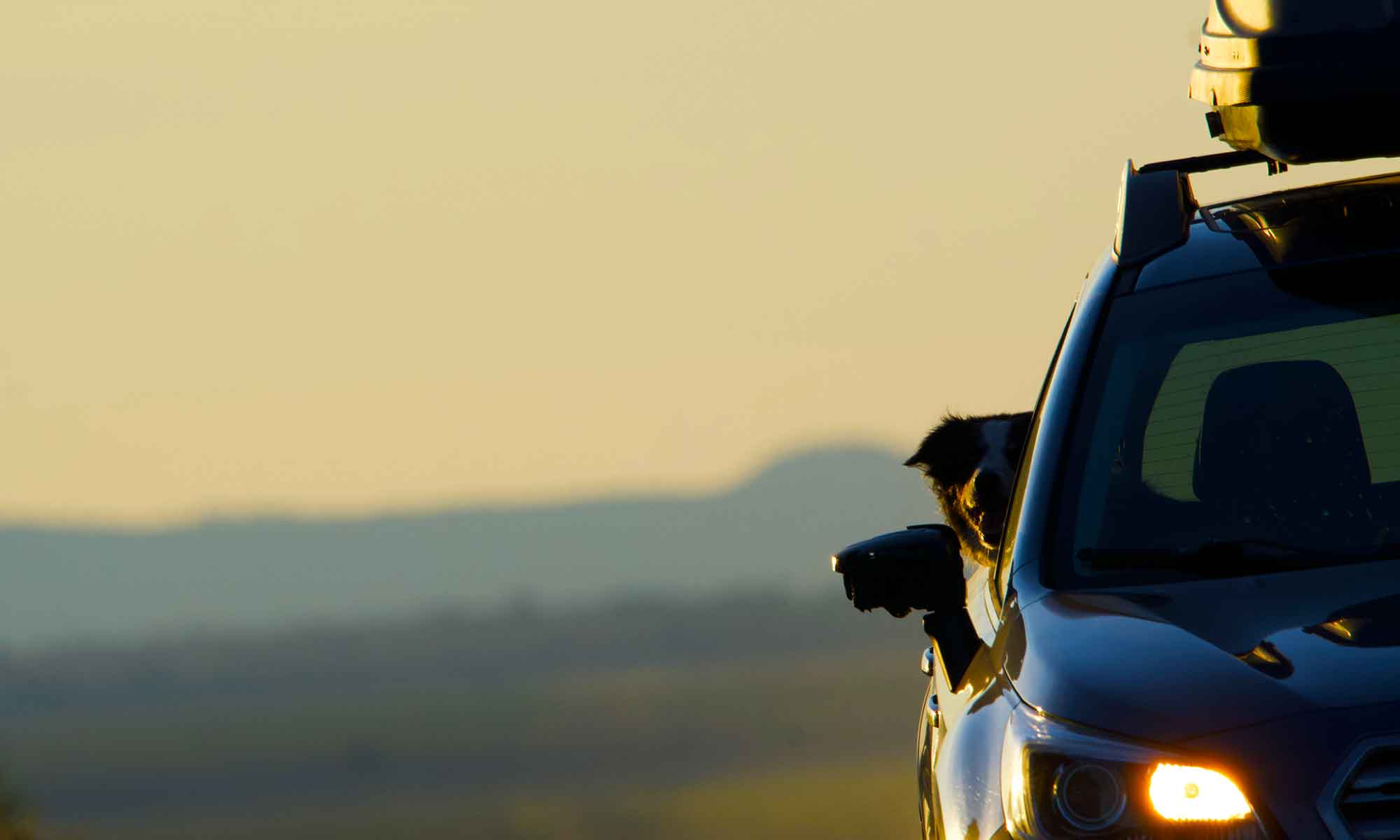
Finally . . . a break from wildfire smoke. With that, we headed outside.

The Fruit Loop is a semi-regular daytrip for us and this seemed like a good time to check it out. With a not too early start, we head to orchard country above Hood River, the city.
The intent . . . pick up tree ripened stone fruit.
Apple harvest is getting close. As we drive through the orchards we pass rows of trees ladened with fruit. It is worth the trip just for this image.

 The bonus, however, is fruit stand shelves with half a dozen peach varieties and easily twice that in plums.
The bonus, however, is fruit stand shelves with half a dozen peach varieties and easily twice that in plums.
Choices were made.
Heading out from Parkdale the road cuts at right angles back through the orchards to Highway 35. We merge onto I-84 and a short jaunt up the Columbia Gorge.
At the far edge of The Dalles we catch US197 and climb hills though cherry orchards and freshly combined wheat fields. Well past Dufer, we drop into the Tygh Valley, turn onto OR 216 and end in the Upper Deschutes Canyon at Sherars Falls.

We’re here to check on the the steelhead run. This fisherman saw no Steelhead, hooked no fish, but did enjoy the walk along the river.
Temperatures were pleasantly below August heat. Rafters had all but vanished from the river, along with most campers.
We set out chairs on river’s edge in the shade of our favorite Ash tree. Tip got some final swims and a cold beverage, or two, was consumed.

In all . . . a very pleasant way to spend a day















 Over the years we’ve sat, eyes pinned to lenses, along a lot of different marshes. Living on the northern edge of the Great Basin puts us close to a few stopovers on the Pacific Flyway. One of the best, in our opinion, is
Over the years we’ve sat, eyes pinned to lenses, along a lot of different marshes. Living on the northern edge of the Great Basin puts us close to a few stopovers on the Pacific Flyway. One of the best, in our opinion, is 































 The scattering of trees and willow bushes at river’s edge seem bare from the road. Ducking under a branch to gain access to a new pool I notice bud sites and the beginnings of summer foliage.
The scattering of trees and willow bushes at river’s edge seem bare from the road. Ducking under a branch to gain access to a new pool I notice bud sites and the beginnings of summer foliage.






 There are fish in these waters but a healthy riparian as well. While I hunt Redband Trout, JQ seeks a different angle.
There are fish in these waters but a healthy riparian as well. While I hunt Redband Trout, JQ seeks a different angle.